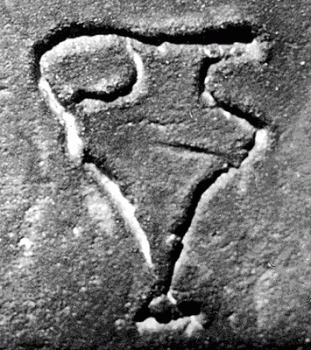American Journal of Archaeology | The Journal of the Archaeological Institute of America
You are here
Mycenaean Pottery from Pylos: An Indigenous Typology
April 2010 (114.2)
Mycenaean Pottery from Pylos: An Indigenous Typology
The pantries (Rooms 18–22) of the Palace of Nestor at Pylos provide an ideal opportunity to study the ways in which the Mycenaeans themselves classified their pottery. This is because the material is extensive, varied, well preserved, largely contemporaneous, and was shelved by type. The vessel ideograms, names, and descriptions on contemporary Linear B tablets from Pylos indicate which features were used by the Mycenaeans in differentiation of pottery types and the relative importance of those factors. Analysis of the shapes and sizes of the vessels from the pantries in light of the axes of taxonomic delineation suggested by the tablets demonstrates the division of pottery into discrete classifications whose validity may be verified on the basis of topographic clustering of their findspots. The resulting typology of the pottery contrasts with earlier classification systems, which function as sensitive tools for dating assemblages but do not necessarily provide insight into how ancient people viewed their own vessels. A reconstruction of Mycenaean emic vessel typologies is a significant window on ancient cognition.
Mycenaean Pottery from Pylos: An Indigenous Typology
By Julie Hruby
American Journal of Archaeology Vol. 114, No. 2 (April 2010), pp. 195–216
DOI: 10.3764/aja.114.2.195
© 2010 Archaeological Institute of America


